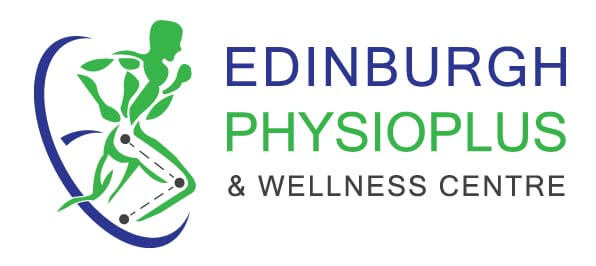Common Queries
Frequently Asked Questions
Physiotherapy means Physio-therapeutic system of medicine which includes examination, diagnosis, treatment, advice and instruction to any person preparatory to or for the purpose of or in connection with movement dysfunction, bodily malfunction, physical disorder, disability, healing & pain from trauma & disease physical & mental conditions using physical agents including exercise, mobilization, manipulation, mechanical and electrotherapy activity & devices or diagnosis treatment & prevention. A professionally university trained person who administers physiotherapy treatment is known as Physiotherapist.
During your first visit you can expect the following:
- Arrive at your appointment with your paperwork completed.
- You will provide us with your prescription for physical therapy.
- You will be seen for the initial evaluation by the therapist.
- The therapist will discuss the following:
- Family background and social history
- Your medical history.
- Your current problems/complaints.
- Pain intensity, what aggravates and eases the problem.
- How this is impacting your daily activities or your functional limitations.
- Your goals with physical therapy.
- Medications, tests, and procedures related to your health.
- Occupation of the patient
- The therapist will then perform the objective evaluation which may include Palpation, ROM, Muscle testing, Neurological Screening, Special Tests, Postural assessment.
- The therapist will then formulate a list of problems you are having, and how to treat those problems.
- A plan is subsequently developed with the patient’s input. This includes how many times you should see the therapist per week, how many weeks you will need therapy, home programs, patient education, short-term/long-term goals, and what is expected after discharge from therapy. This plan is created with input from you, your therapist, and your doctor.
Make sure you bring your physical therapy referral (provided to you by your doctor) , Relevant Past medical records and CNIC.
You should wear loose fitting clothing so you can expose the area that we will be evaluating and treating. For example, if you have a knee problem, it is best to wear shorts. For a shoulder problem, a tank top is a good choice, and for low back problems, wear a loose fitting shirt and pants, again so we can perform a thorough examination.
Treatment sessions typically last 45 to 1hr minutes per visit
This is highly variable. You may need one visit or you may need months of care. It depends on your diagnosis, the severity of your impairments, your past medical history, etc. You will be re-evaluated on a monthly basis and when you see your doctor, we will provide you with a progress report with our recommendations.
Pain is a serious problem. However, many do not even know that physical therapists are well equipped to not only treat pain but also its source. Physical therapists are experts at treating movement and Neuro-musculoskeletal disorders. Pain often accompanies a movement disorder, and physical therapists can help correct the disorder and relieve the pain.Physiotherapy is the treatment of the pain and all conditions without medicines.
Physical therapists treat patients with orthopedic problems, such as low back pain or knee surgeries, to reduce pain and regain function. Physical therapists provide to assist patients recovering from a stroke, use of their limbs and walk again. The ability to maintain an upright posture and to move your arms and legs to perform all sorts of tasks and activities is an important component of your health. All of these activities require the ability to move without difficulty or pain. Physical therapists are experts in movement and function. They also provide services to athletes at all levels to screen for potential problems and institute preventive exercise programs. The cornerstones of physical therapy treatment are therapeutic exercise and functional training. In addition to “hands-on” care, physical therapists also educate patients to take care of themselves and to perform certain exercises on their own. Depending on the particular needs of a patient, physical therapists may also “mobilize” a joint .Physical therapists also use methods such as ultrasound (which uses high frequency waves to produce heat), hot packs, and ice.
For many patients, one of the primary objectives is pain relief. This is frequently accomplished with hands-on techniques, modalities such as ultrasound, electrical stimulation, and/or heat or cold therapy. Movement often provides pain relief as well. Your physical therapist will provide you with the appropriate exercises not only for pain relief but to recover range of motion, strength, and endurance.
In some cases, physical therapy techniques can be painful. For example, recovering knee range of motion after total knee replacement or shoulder range of motion after shoulder surgery may be painful. Your physical therapist will utilize a variety of techniques to help maximize your treatment goals. It is important that you communicate the intensity, frequency, and duration of pain to your therapist. Without this information, it is difficult for the therapist to adjust your treatment plan.
Yes, all Physiotherapist Clinics have some form of direct access through the patients’ walk-in procedures.
It is not recommended for families to bring children under the age of 12 to visit with patients. However, if patients have no option but to keep children with them, it is under the assumption that the family will ensure strict discipline and good behaviour of the child. If the family is unable to do so, the attendants may be asked to take the children outside the Department.
It is important for the Therapist staff to limit exit and entry into the procedure room, to ensure the safety of patients and staff.


